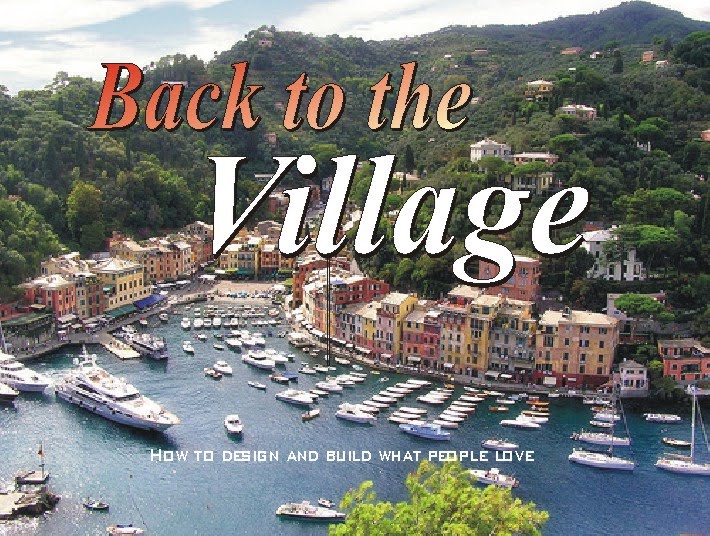The beautiful Bastide village of Montpazier in France.
Monpazier's Rectilinear Plan. Note the Central Market Square.
New European towns were planned using grids beginning in the 12th century, most prodigiously in the bastides of southern France that were built during the 13th and 14th centuries. Medieval European new towns using grid plans were widespread, ranging from Wales to the Florentine region. Many were built on ancient grids originally established as Roman colonial outposts.
Gridiron patterns were invented by logical minds intent on control. Miletus was the first planned Greek city, built to a grid plan after 479 BC. Its gridiron design has been credited to Hippodamus a Greek intellectual associated with the Pythagoreans.
The town of Priene, set on uneven ground is a good example of Ionian grid planning.
The grid plan was a common tool of Roman city planning, based originally on its use in military camps known as castra. The Roman grid is characterized by a nearly perfectly orthogonal layout of streets, all crossing each other at right angles, and by the presence of two main streets, set at right angles from each other.
Bastides are towns planned and built as a single unit, by a single founder. The majority of bastides have a grid layout of intersecting streets, with wide thoroughfares that divide the town plan into blocks, through which a narrow lane often runs.
There is a central market square surrounded by arcades through which the axes of thoroughfares pass, with a covered measuring area.
The Market Building above and below.
The market square often provides the module into which the bastide is subdivided. The Roman model, the castrum with its grid plan and central forum, was inescapable in a region where Roman planning precedents remained in medieval cities like Béziers, Narbonne, Toulouse, Orange and Arles.
The Bastide towns in France prove that gridiron streets can be beautiful if limited in area. If the gridiron pattern is repeated too extensively, the beauty turns into a beast of monotony!
Image above: Street scene with cars. The area near center of Monpazier is varied and interesting whereas further out is dull and boring just as so many other gridiron street patterrned villages everywhere.
The Lessons from Monpazier:
1. A rectilinear street pattern is great if limited in extent.
2. Provide a marketplace in the piazza or village square for the sale of fresh produce.
3. Surround your piazza with arcaded walkways.
Images: 1)Marco E Fiorenza 2)PhillipC 3)farm2.static 4)Ling_priene 5)PittsburgSteve 6)tourisme-aquitane 7)kedeld 8-11)PhillipC 12)aeefe














No comments:
Post a Comment